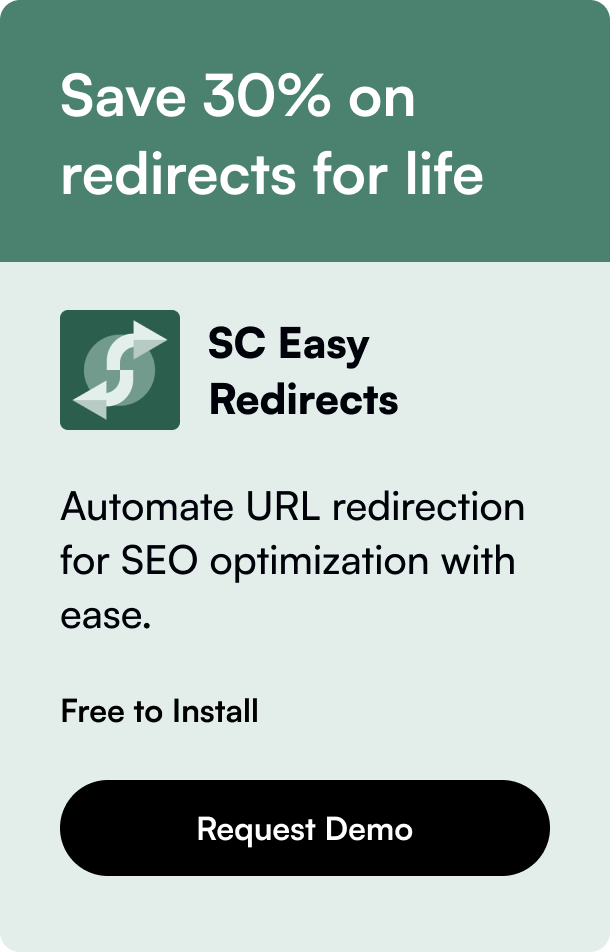Table of Contents
- Introduction
- Why Choosing the Right Ecommerce and POS System Matters
- Features and Functionality: Lightspeed vs Shopify
- Customization and Design
- Integration and Versatility
- Pricing: Understanding the Cost Structure
- Point-of-Sale (POS) Functionality: A Closer Look
- Conclusion: Making the Right Choice for Your Business
Introduction
When venturing into the realm of ecommerce or augmenting your retail business with an online presence, selecting the right tools is critical for success. Among the plethora of options available, two heavyweights that stand out in the industry are Lightspeed and Shopify. Both platforms offer a suite of features tailored to empower businesses in building and managing their online stores while maintaining physical point-of-sale operations.
Whether you are an established brick-and-mortar store exploring ecommerce or a new entrepreneur crafting an online retail strategy from scratch, this comparison will delve into the capabilities and nuances of Lightspeed and Shopify to help you make an informed decision for your business needs.
Why Choosing the Right Ecommerce and POS System Matters
The digital transition for businesses has become an imperative, not just an option. Online shopping provides an additional channel for sales, broadens customer reach, and enhances overall brand visibility. Concurrently, delivering a seamless point-of-sale experience in physical stores is equally important to ensure customer satisfaction and efficiently handle in-person transactions.
The choice of an ecommerce and POS platform thus becomes a strategic decision, one that can determine the efficiency of operations, customer experience, and the potential scalability of the business.
Features and Functionality: Lightspeed vs Shopify
When comparing Lightspeed and Shopify, we must consider the array of features each offers:
Ecommerce Capabilities
Shopify: Shopify is renowned for its robust, user-friendly ecommerce platform. With a wide selection of themes, seamless integration capabilities with other tools, and a strong emphasis on marketing and SEO, Shopify shines as a comprehensive solution for online businesses.
Lightspeed: Lightspeed, originating as a POS system, has augmented its offering to include ecommerce solutions. While it may not have the breadth of Shopify's features, it provides a solid infrastructure for retailers to unify online and in-person sales.
POS System Strength
Lightspeed: As a seasoned player in the POS game, Lightspeed offers tailored solutions with advanced inventory management, detailed reporting, and reliable hardware options for smooth in-store retail operations.
Shopify: With Shopify, users gain access to an integrated POS app designed to harmonize the in-store experience with online operations. The system is intuitive and mobile-friendly, making it a viable option for small to medium-sized businesses.
Customization and Design
Shopify boasts customizable themes and a comprehensive web builder that empowers users to create unique, brand-consistent online storefronts. Users can also code their own themes for a truly tailored fit.
In contrast, Lightspeed provides fewer themes, but each comes with presets suitable for a variety of business models. Customization is possible, but the focus remains on functionality rather than intricate design.
Integration and Versatility
The ability to integrate with other tools and platforms plays a crucial role in the operability of your chosen system.
Lightspeed offers numerous integrations aimed at enhancing retail operations, from accounting software and customer relationship management to sophisticated analytics tools.
Conversely, Shopify provides a prolific app market that caters to virtually every need a business might have, including marketing, inventory management, and customer service enhancements.
Pricing: Understanding the Cost Structure
The cost structure of Lightspeed and Shopify varies, with each platform offering different plans.
Lightspeed provides tailored plans based on industry, such as retail, hospitality, or golf, with pricing starting at a monthly fee that scales with the inclusion of premium features.
Shopify's plans range from basic to advanced, allowing businesses to choose a package that fits their size and complexity. Notably, the Shopify Lite plan enables existing websites to embed a shopping functionality at a low monthly rate.
Point-of-Sale (POS) Functionality: A Closer Look
Understanding the specifics of POS features provided by each platform is pivotal for retailers:
Lightspeed's POS system is geared towards customization and is feature-rich for in-store retail management.
Shopify's POS, while comprehensive, tends to cater more to businesses that require integration with an online store, offering functionality that blurs the lines between in-store and online sales.
Conclusion: Making the Right Choice for Your Business
In conclusion, both Lightspeed and Shopify excel in their respective domains. Shopify leads as an ecommerce platform with its extensive customization options and vibrant app ecosystem, suitable for businesses focusing on online growth. On the other hand, Lightspeed's robust POS features and retail-oriented solutions make it a prime candidate for merchants prioritizing in-store operations in conjunction with their online presence.
Ultimately, the choice between Lightspeed and Shopify should be informed by the specific goals, operational needs, and growth trajectory envisioned for your retail enterprise. Consider the long-term strategy, customer engagement model, and desired level of control over your retail and online environments as you decide which platform aligns best with your business aspirations.








